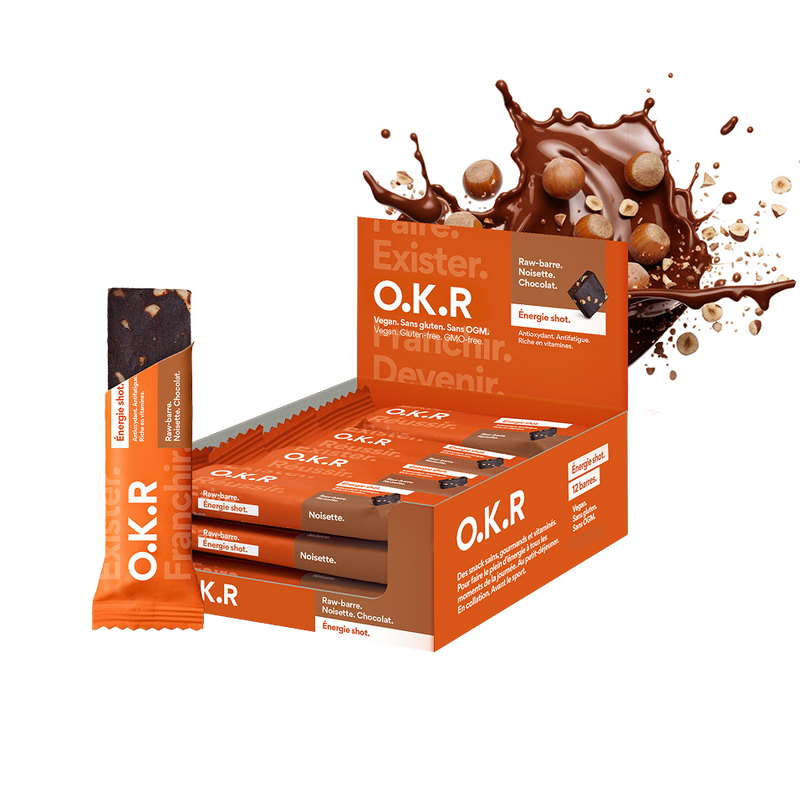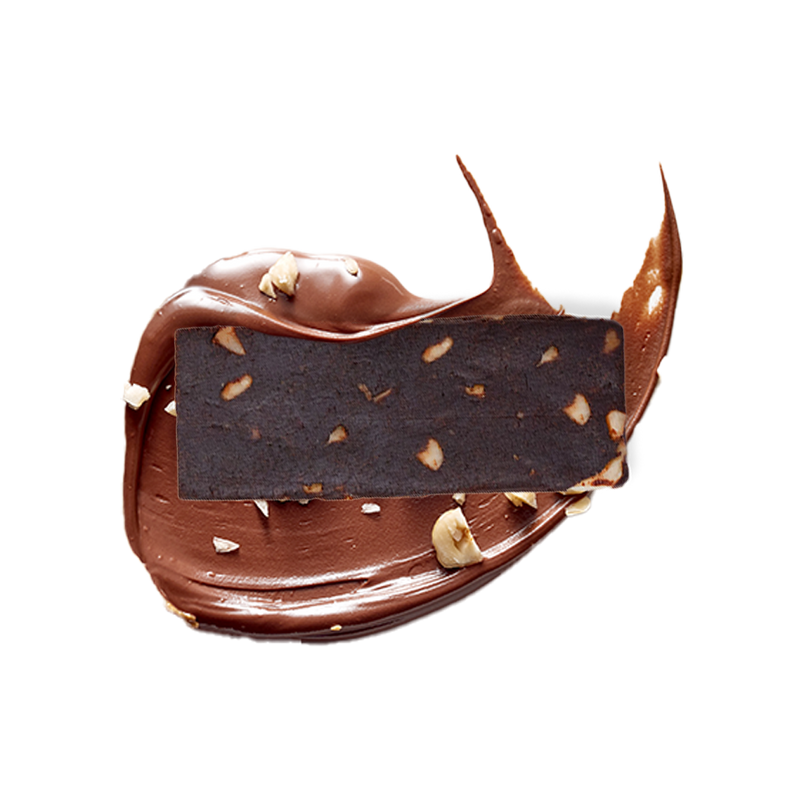Remember, in kindergarten, around mid-afternoon when we were getting a little restless and irritable, we were told to take a nap. Whether it was our favorite part of the day or the one we dreaded the most, we all knew it allowed us to recharge and feel better.
It's important to know that taking a power nap is also useful for adults! Especially when you consider that one in three adults doesn't get enough sleep.
In this article, we explain everything you need to know about it, its benefits, its importance for our health and how to achieve it!
What is a micro-nap?
A micro-nap, also called a power-nap, is a short period of sleep. This nap is intended to be restorative. It complements “normal” sleep and provides a boost of alertness and energy. Include it in your daily routine to stay healthy all year round!
Why take a micro-nap?
Because on average, we don't get enough sleep! Remember, experts say we should be getting between 7 and 9 hours of sleep a night. But sometimes it's hard to stick to it. Life gets in the way: Netflix, kids, anxiety, insomnia, neighbors... In short, there are so many reasons why we go to bed quite late on average, and why our nights are often interrupted by disruptive events.
So yes, once in a while it doesn't seem like a big deal. Except that when you add up, the sleep deficit adds up and it's our health that takes a hit. This lack will be felt in several aspects of daily life: stress, irritability, lack of alertness, decreased vision, exhaustion.
To compensate for this lack of sleep at night, we rely on the famous power-naps. Getting enough sleep guarantees us a more present and active life. They reset our systems, increasing our energy levels and performance.
How long should a power nap last?
A power nap can last between 20 and 30 minutes maximum. You can feel its benefits from just 15-20 minutes of napping!
So why not more than 30 minutes? It's important to know that a sleep cycle lasts an average of 90 minutes. Halfway through a cycle, we fall into what's called deep sleep, and this is when it's least advisable to wake up. Setting an alarm for 30 minutes guarantees you won't be in deep sleep and will emerge feeling energized instead of groggy.
Tip: Don't plan anything immediately after your nap. This will keep you from thinking about your next task when you fall asleep and give you a few minutes to return to the present moment when you wake up.
How to succeed in your micro-nap?
The environment.
Did you know? Many companies have set up dedicated micro-nap spaces for their employees. Naps are known to boost productivity at work and improve overall health. There are even cocoons or seats specially designed for this purpose (example of cocoons at Nap and up: https://www.napandup.com ).
If your company hasn't yet embraced the nap scene, just find a quiet place where you won't be disturbed and where you feel comfortable. An office, a conference room, your car, or even in your bed if you work from home. Remember, when you were a kid, all you needed was a room and a yoga mat!
The position.
We favor a lying or semi-lying position to facilitate falling asleep. We try not to nap in the same position as the one adopted at night. This will allow the brain to differentiate between power-nap and long sleep so as not to fall into a deep sleep phase. We think about covering ourselves with a jacket or a blanket to stay warm and comfortable, in fact when you sleep your body temperature naturally drops.
Distractions.
Put the odds in your favor! For your nap, prepare your environment in advance: we prefer a dark, quiet place and turn off your phone and computer to really take a break and give 100% to the micro-nap.
Regularity.
Learning to fall asleep in just a few minutes is a real skill. Successfully power-napping is something you learn, something you improve over time, and something you need to practice to master. Like meditation, our thoughts are hard to control; it can be difficult to let go, but with patience and perseverance, you'll always get there! Don't get discouraged! Want to improve your sleep ? Check out our dedicated article.
The method.
Make yourself comfortable in your own environment, where you won't be disturbed. Cover yourself with a blanket and close your eyes. Begin by gently relaxing. You can think about each part of your body one by one to relax all the muscles. Take several deep breaths. Allow your thoughts to slow down and your body and mind to rest.
The aids.
There are several techniques you can adopt to make it easier to fall asleep.
To improve your conditioning and your environment, rely on noise-cancelling headphones or earplugs to create silence around you. To create a dark environment but without the luxury of being able to close the blinds or turn off the lights, wear a blindfold.
To help you relax and fall asleep more easily, consider meditation apps or playlists like Headspace. They offer meditation flows and soothing music specifically designed for power naps!
What are the benefits of a power nap?
- Replenish energy
- Improve memory, alertness, concentration
- Avoid mood swings
- Reduce stress and anxiety
- Feel healthier overall
Resting healthily isn't so much a matter of hours as it is a matter of sleep quality. That's why micro-naps, although short, allow you to recharge and be more present in your daily life. We no longer suffer the day; we take back control!
How is a micro-nap different from a nap?
A weekend or vacation nap generally lasts an entire sleep cycle (90 minutes). This is truly a deep sleep. A power nap, on the other hand, is a very short rest to give you a boost of energy for the day.













